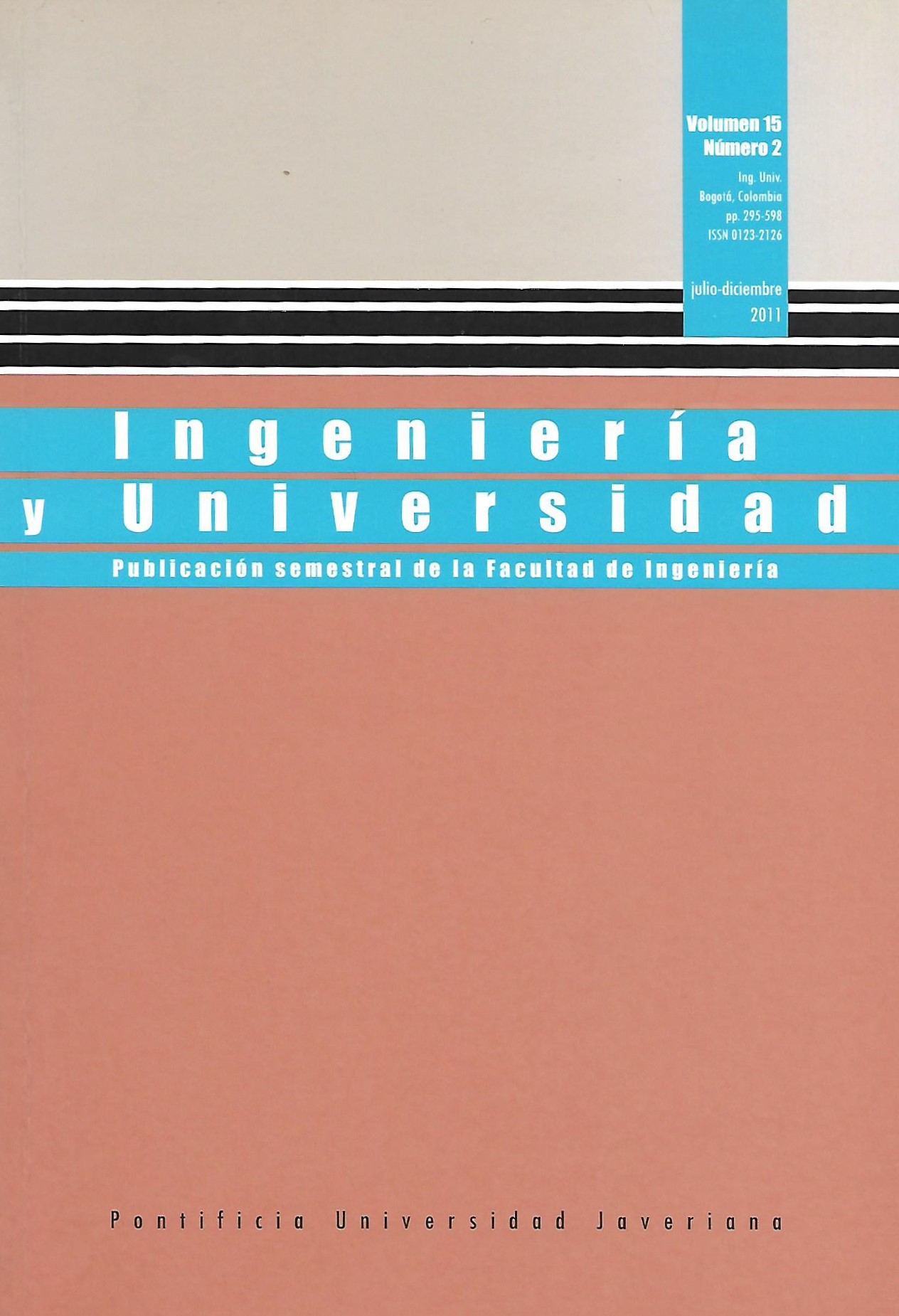Abstract
This work describes the behavior shown by the isothermal oxidation of modified 9Cr-1Mo (ASTM A335-P91) steel by using the gravimetric technique in a multi-component oxidizing atmosphere (CO2-CO-O2-N2) in gas phase, at temperatures of 550, 650 and 750 °C and atmospheric pressure. The gravimetric technique was used discontinuously by means of gained weight per unit area vs. exposure time of the sample. This showed that, at temperatures of 550 and 750 ºC, steel presents a parabolic kinetic behavior while, at 650 ºC, it presents a mixed-linear kinetic behavior with experimental values of Kp [mg2/cm4h], for 550, 650 and 750 °C, were 0.0336, 0.04633 and 0.26335 respectively. The oxides formed at 550 and 750 °C had two types of oxide layers composed by a mixture of oxides of Cr and Fe. Here, the amount of Cr decreases from the inner to the outer layer, while the concentration of Fe appears the other way around. At 650 ºC, two oxide layers formed as well, but Cr was not detected in the outer layer.
ASTM STANDARD G54-84. Standard practice for simple static oxidation testing. West Conshohocken, PA: ASTM International, 1996.
BIRCHENALL, G. E. A brief history of the study of oxidation of metals and alloys. En: NACE (ed.). High temperature corrosion. San Diego: s. e., 1981, pp. 3-7.
BIRKS, N. y MEIER, G. H. Introduction to high temperature oxidation of metals. London: Edward Arnold, 1983.
GEORGE, Y. L. High temperature corrosion of engineering alloys. Materials Park, OH: ASM International, 1990.
GÓMEZ, C. J. Oxidación-carburación simultánea del acero ferrítico 9Cr-1Mo modificado grado P91, en ambientes con hidrocarburos a alta temperatura. Bucaramanga: Universidad Industrial de Santander, 2002.
GONZÁLEZ, J. Corrosión metálica a temperaturas elevadas: Aspectos teóricos de la oxidación y sulfuración. Revista Metalurgia CENIM. 1971, vol. 7, núm. 4, pp. 307-317.
GRABKE, H. J. y MEADOWCROFT, D. B. Guidelines for methods of testing and research in high temperature corrosión. En: Maney Publishing (ed.). Prepared by the working party on corrosion by hot gases and combustion products. London: The Institute of Materials, 1995.
JIS STANDARD Z228. Test method for continuous oxidation test at elevated temperatures for metallic materials, Japanese industrial standard. s. l.: The Foundation of Osaka Science & Technology Center, 1993.
JONES, D. Principles and prevention of corrosión. Upper Saddle River, NJ: Prentice-Hall, 1996.
KUMAR, A. et ál. Study of oxidation behavior of modified 9Cr-1Mo ferritic steel at elevated temperature and pressure. International Conference on Metallic Corrosion, USA. 1987, pp. 3641-3650.
LAVERDE, D.; GÓMEZ, T. y CASTRO, F. Continuous and cyclic oxidation of T91 ferritic steel under steam. Corrosion Science. 2004, núm. 46, pp. 613-631.
LEE C. Y. y BAE, J. Oxidation-resistant thin film coating on ferritic stainless steel by sputtering for solid oxide fuel cells. Thin Solid Films. 2008, vol. 516, pp. 6432-6437.
REED, R. D. Furnace operations. Houston, TX: Gulf Publishing, 1981.
YUREK, G. Mecanismos de difusión controlantes de la oxidación de metales a alta temperatura. Boston: Department of Materials Science and Engineering-MIT, 1995.
This journal is registered under a Creative Commons Attribution 4.0 International Public License. Thus, this work may be reproduced, distributed, and publicly shared in digital format, as long as the names of the authors and Pontificia Universidad Javeriana are acknowledged. Others are allowed to quote, adapt, transform, auto-archive, republish, and create based on this material, for any purpose (even commercial ones), provided the authorship is duly acknowledged, a link to the original work is provided, and it is specified if changes have been made. Pontificia Universidad Javeriana does not hold the rights of published works and the authors are solely responsible for the contents of their works; they keep the moral, intellectual, privacy, and publicity rights.
Approving the intervention of the work (review, copy-editing, translation, layout) and the following outreach, are granted through an use license and not through an assignment of rights. This means the journal and Pontificia Universidad Javeriana cannot be held responsible for any ethical malpractice by the authors. As a consequence of the protection granted by the use license, the journal is not required to publish recantations or modify information already published, unless the errata stems from the editorial management process. Publishing contents in this journal does not generate royalties for contributors.


